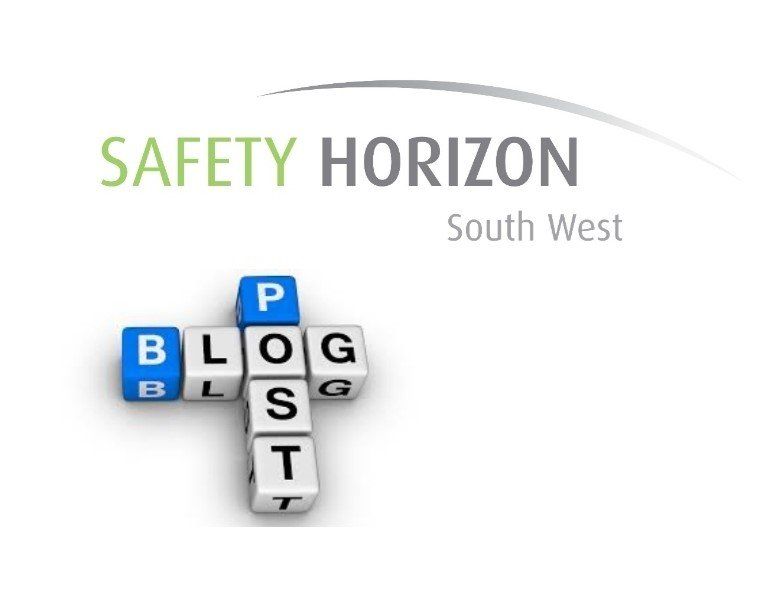Managing Asbestos
Matt Welsman • 2 September 2021
A look at how to manage asbestos in the workplace

SEPTEMBER 2021 - BLOG
MANAGING ASBESTOS
It is common knowledge that asbestos claims over 5000 deaths every year within the United Kingdom with many additional people suffering from one of the many associated diseases such as mesothelioma.
If your company occupies a building that was built before the year 2000, it may contain asbestos. The initial Regulations for asbestos was introduced in the year 2000 which ensured it was illegal to use any form of asbestos within any new building or refurbishment.
What do you need to do?
1. Arrange an asbestos management survey if you occupy a building that was constructed before the year 2000.
2. If the building was built before the year 2000 and you are planning some internal work which will be intrusive, a Refurbishment and Demolition survey is required.
3. If the survey confirms that no asbestos was detected, you need to do nothing else apart from file the report.
4. Any confirmation of asbestos must be managed. The survey report will advise on the best action which may include one or more of the following: removal, encapsulation, labelling and monitoring.
5. Employees who may be exposed to asbestos fibres through the work they carry out, must be suitably trained.
How do I select the correct training?
A starting point will be the ½-day Category A: Asbestos awareness course. This training is for anyone who could unknowingly disturb asbestos while carrying out their normal every day work, or those who may influence how work is carried out in a building built before the year 2000.
This could cover a number of different occupations and would advise you contact us at training@safetyhorizonsw.com
to find out if this is something you should consider.
The benefits of asbestos awareness training are:
1. An increased awareness of the nature and properties of asbestos and its effects on health.
2. Be familiar with the types, uses and likely occurrences of asbestos in buildings and where appropriate items of plant.
3. Where to obtain information on asbestos in premises prior to commencing work.
4. What to do if suspicious materials are found.
5. How to use appropriate workplace precautions, including the risk assessment process, or seek advice on workplace precautions, in respect of the risks of asbestos.
6. Undertake work activities in a safe manner and without risk to themselves or others.
7. Have an awareness of the key aspects of the asbestos regulations and how they fit into the broader context of health and safety legislation.
8. Procedures to be followed when coming into unintentional contact with asbestos and an understanding of the appropriate emergency arrangements.
This training should be refreshed annually. Contact us to book on our next course running on 26th November 2021
Stay safe!
Matthew Welsman. DipNCRQ, GradIOSH, MIIRSM



